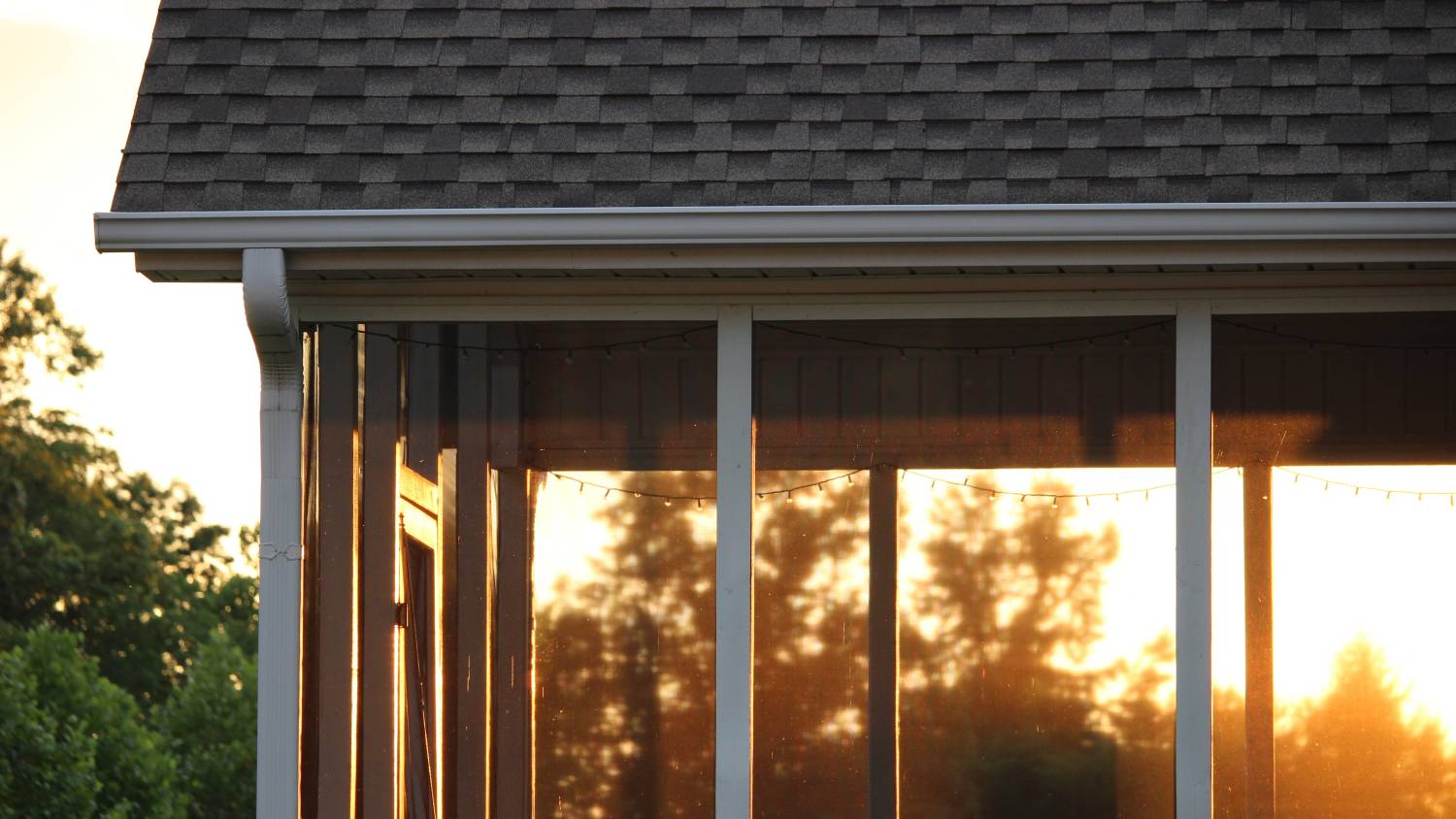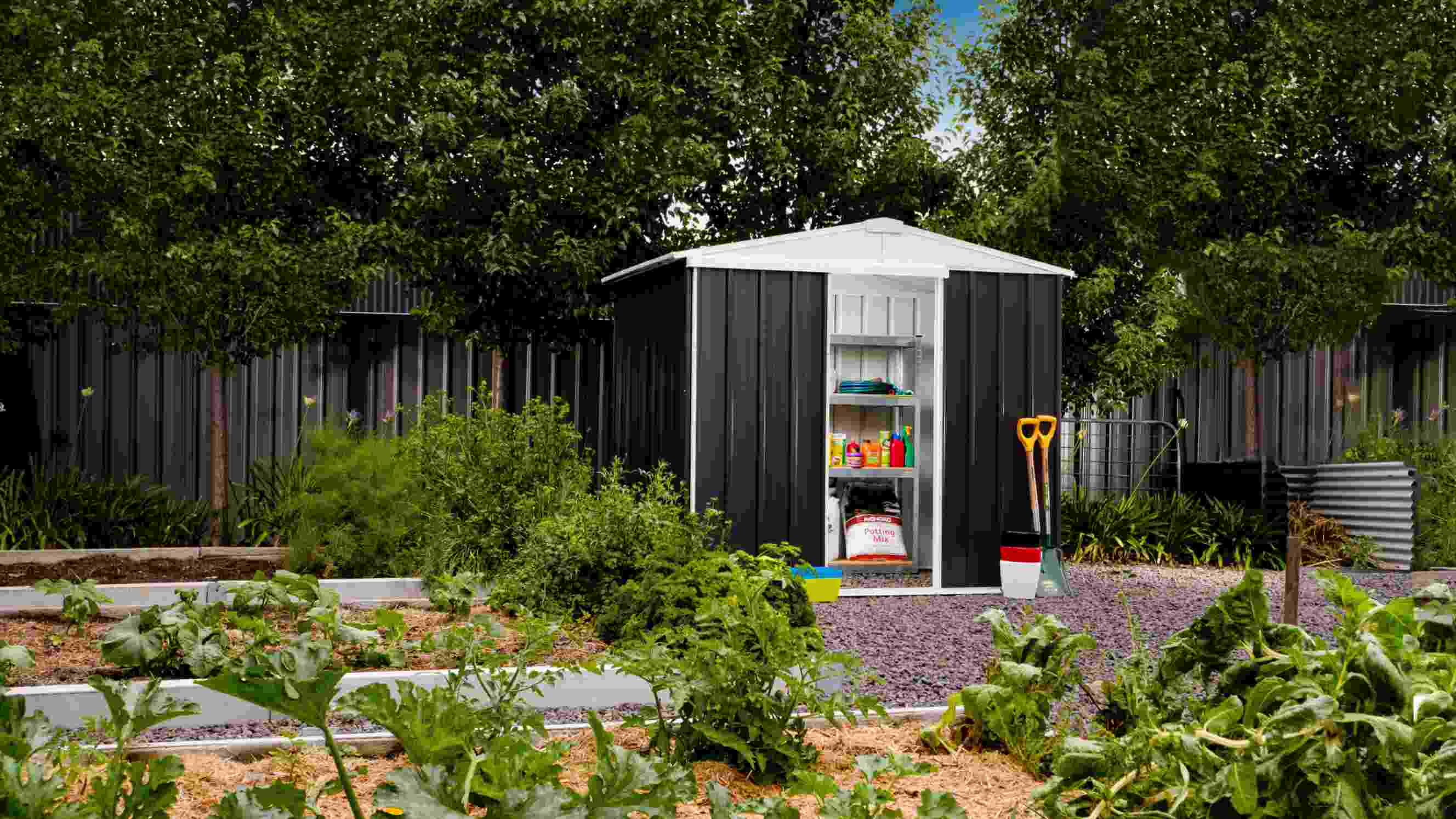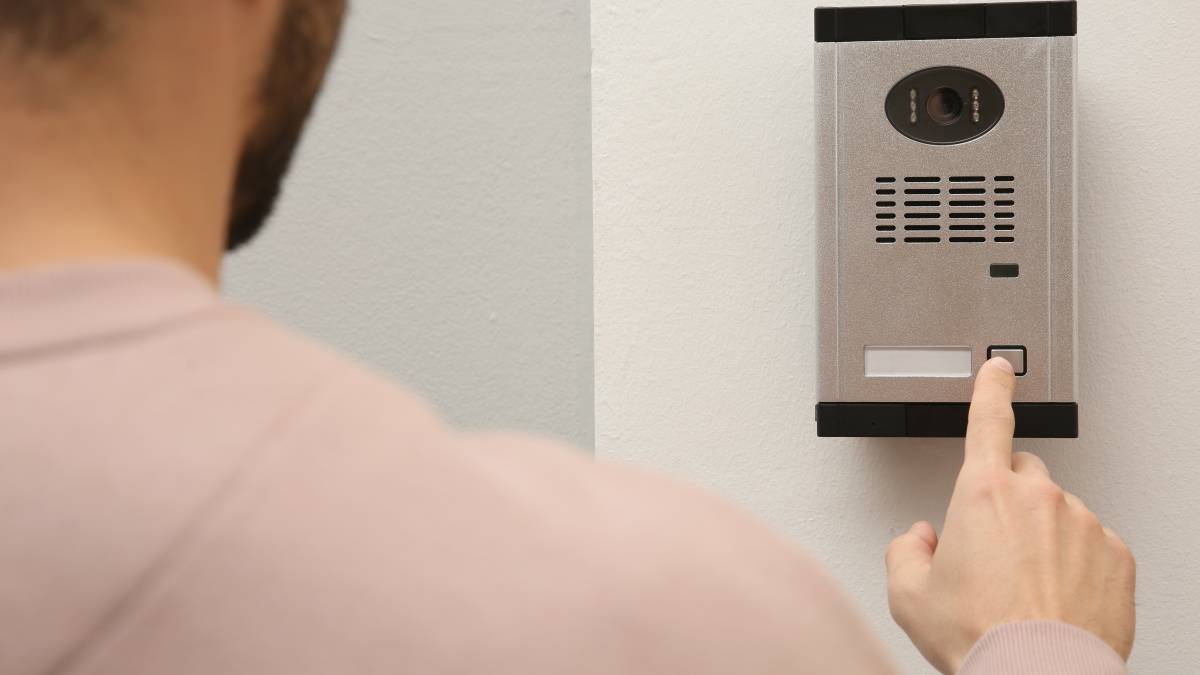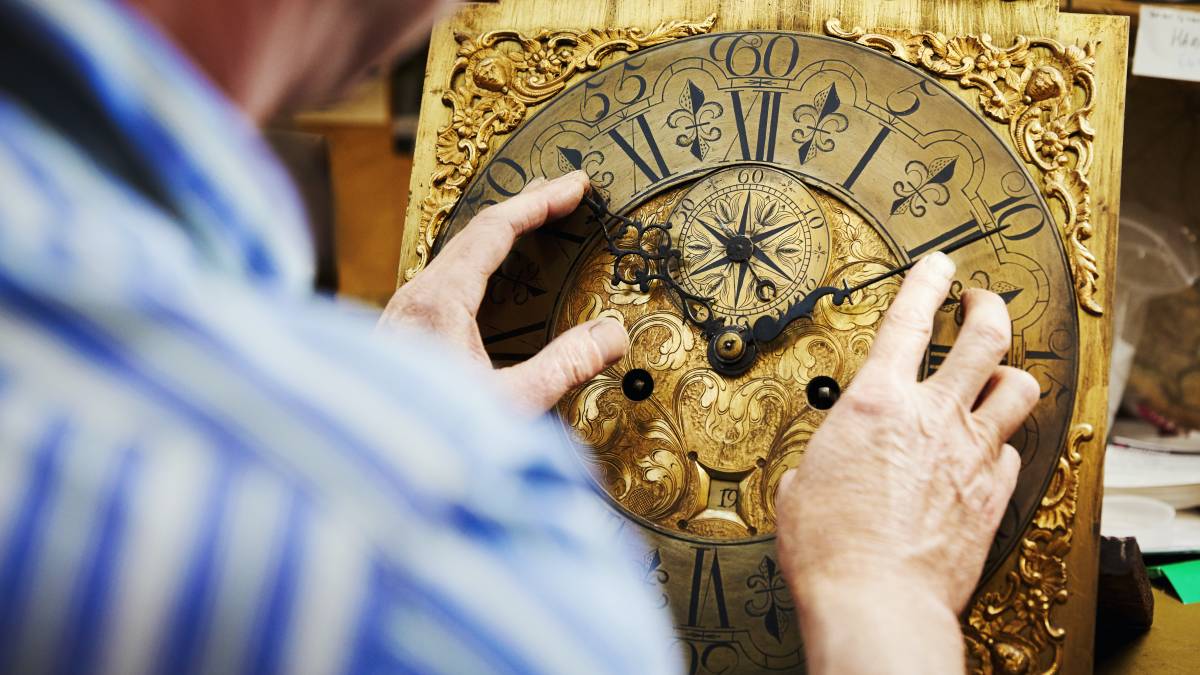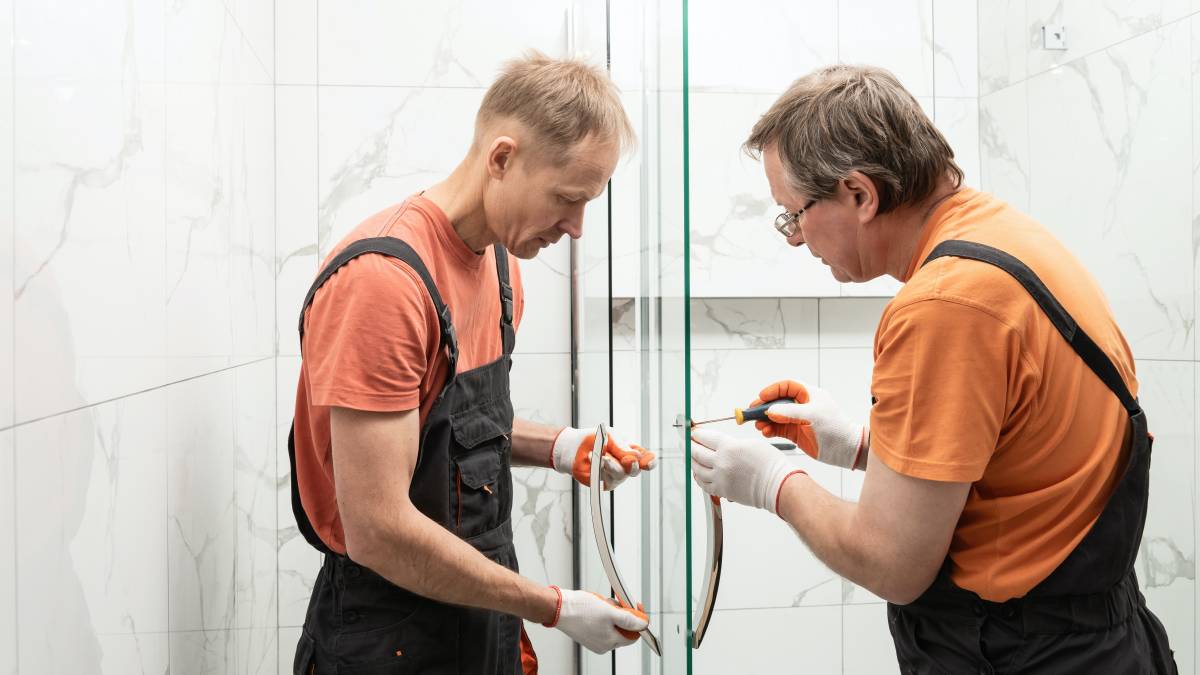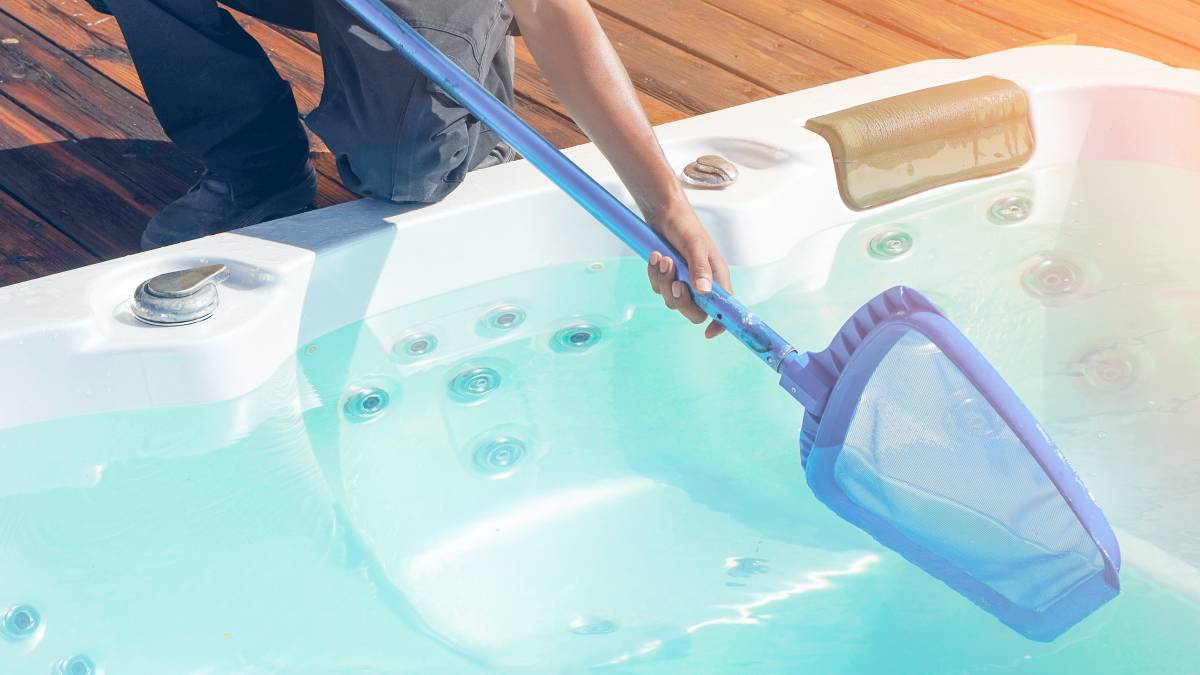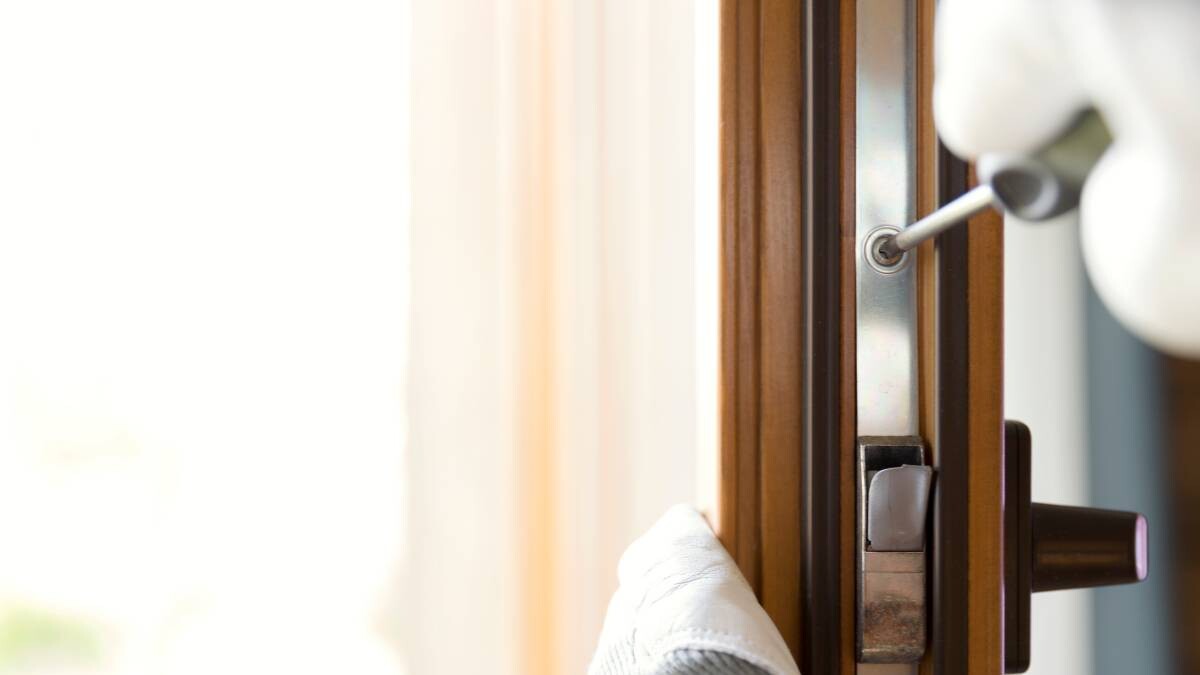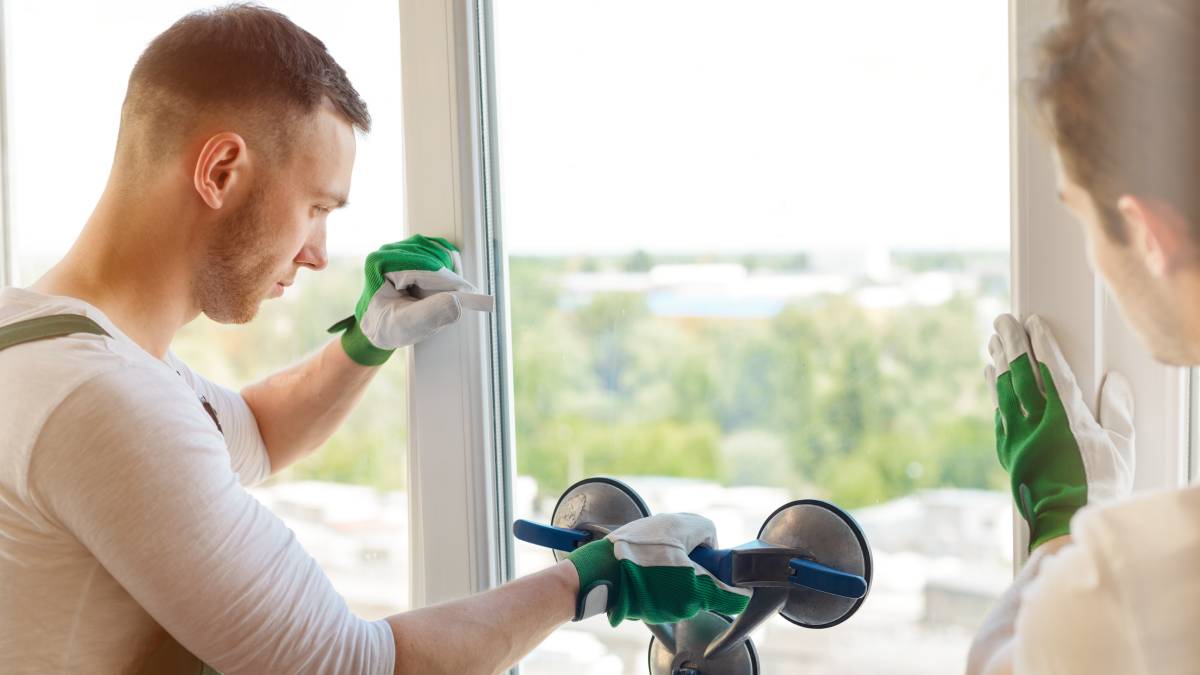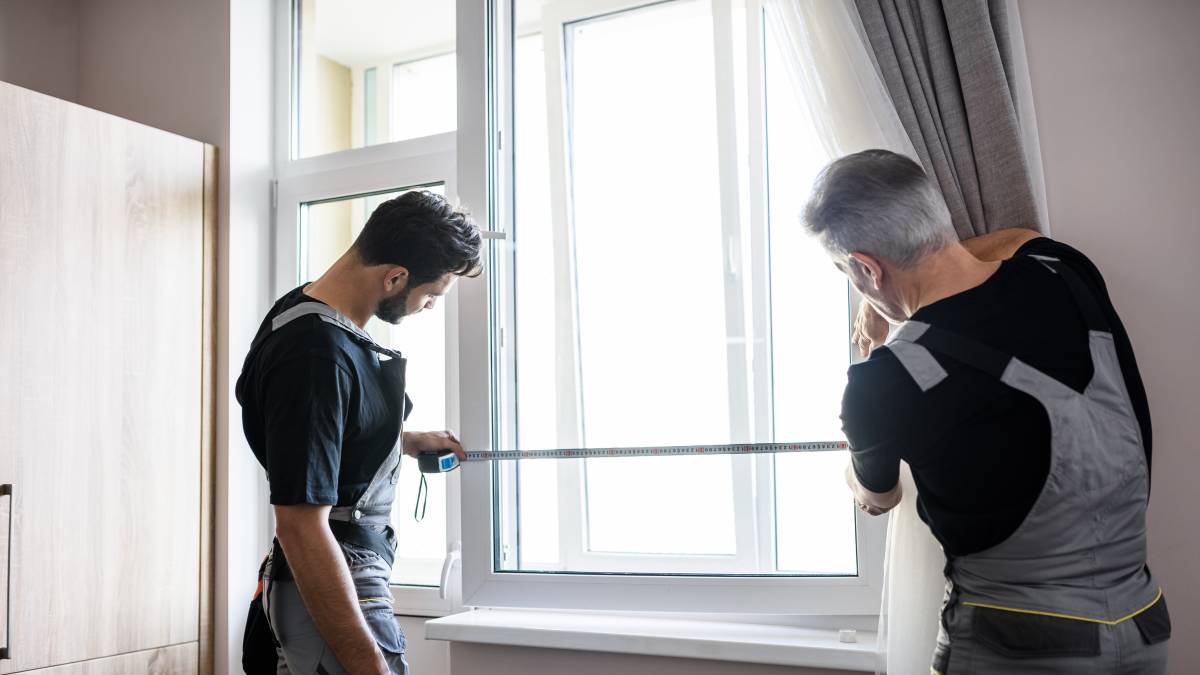Find a professional Villaboard contractor in Inner South Melbourne
Fill in a short form and get free quotes for local Villaboard contractors in Inner South Melbourne
Excellent rating - 4.3/5 (10900+ reviews)
Get help from a local villaboard installer
- Bathroom walls
- Waterproofing
- Painted villaboards
- … or anything else
Recent Villaboard Installation tasks in Inner South Melbourne
Plaster and villaboard in bathroom
$5,000
Malvern VIC, Australia
22nd Oct 2024
Villaboard on 2 walls plasterboard on stud frame bathroom with w/ in robe Solid brick wall villaboard to clad
Install plaster board and villa board in two small bathrooms
$900
Brighton East VIC 3187, Australia
12th Jun 2023
Two small bathrooms 2m x 2m x 2.6m ceiling and walls to be plaster boarded up. All materials supplied and ready to go. All noggins in place just need it all fixed. - Due date: Flexible
Reliable and did a great job. Would definitely recommend.
What is Airtasker?

Post your task
Tell us what you need, it's FREE to post.

Review offers
Get offers from trusted Taskers and view profiles.

Get it done
Choose the right person for your task and get it done.
- Get it done now. Pay later.
- Repay in 4 fortnightly instalments
- No interest
- Available on payments up to $1,500
Handyman Services
Attic Ladder Installation
BBQ Repair
Bed Repairs
Bistro Blind Installation
Blind Repairs
Blueboard Installation
Cat Door Installation
Ceiling Fan Repair
Cement Sheeting Installation
Chicken Coops
Clothesline Installation
Cornice Repair
Curtain Rod Installation
Door Installation
Door Knob Installation
Fireplace Installation
Fitness Equipment Installation
Flyscreen Installation
Garden Shed Installation & Repair
General Labour
Gyprock Installation
Hills Hoist Removal
IKEA Benchtop Installation
Internal Door Installation
Kaboodle Kitchen Installation
Kitchen Cupboard Repair
Kitchen Drawer Repair
Kitchen Sink Installation
Lattice Installation
Lounge Repair
Mirror Repair
Outdoor Blinds Installation
Pet Door Installation
Privacy Screens
Recliner Repair
Roman Blinds Installation
Screen Door Hinge Repairs
Shower Screen Installation
Sign Hanging
Sink Installation
Sliding Door Repair
Soundproofing
Trampoline Repair Service
Venetian Blind Repair
Water Tank Installation & Repair
Weatherboard Repair
Window Frame Repair
Window Repair
Roller Shutter Blinds Repair & Installation
Ring Doorbell Installation
Clock Repair
Tool Repair
Render Repair
Treadmill Repair
Letterbox Replacement
Toilet Seat Fitting
Awning Repair
Mirror Cutting
Ceiling Fan Installation
Chandelier Installation
Wooden Blind Fitter
General Maintenance
What does a Villaboard installation include?
Your installer can help with every step from advice on the best materials through to the actual Villaboard installation. Here’s what you can expect:
Villaboard wall installation
Your installation professional will start by helping you choose the right type of Villaboard sheeting. 6mm is standard for residential applications, while commercial applications usually use 9mm or 12mm in heavy-duty situations. If your existing wall sheeting needs removal, they’ll assist with this, but otherwise, they’ll get straight into measuring the space to determine the best placement for your Villaboard installation. Your installer will add internal angles into any corners before they start. They’ll work from ceiling to floor, so they’ll need to start by installing a nail ledge on the joist to rest the top sheets on. Lifting and installing Villaboard is a two-person job because they’re very heavy materials. They’ll rest the panel on the nail ledge, slide it into place, and nail it into the studs. Once the top row is installed, your installer will add the bottom row, staggering the sheets to avoid floor to ceiling join lines. If a panel needs holes for electricals or plumbing, your technician will mark and cut these holes before installing. If they need to cut smaller pieces, they’ll use a special cutter to cut the board down to size. Your installer will continue working until all gaps are covered. Finally, they’ll patch up any joints and nail holes by applying coats of compound and paper tape, smoothing the surface as they go.
Villaboard ceiling installation
Installing Villaboard ceilings is a similar process. Your installer will use both nails and adhesive to secure your staggered sheeting to the framing. Once both your ceilings and walls are installed, they’ll finish off the joints and corners and cover up nail holes with compound. Then they’ll install regular plaster cornices using adhesive and setting compound.
Villaboard repairs
Villaboard is a tough material but it can sometimes need repairing, especially if you’ve removed tiles from the surface during a renovation. If it’s a very small hole, crack, or scratch, your technician may be able to use compound to patch the surface. But if it’s a larger hole, your technician will cut around it to make a clean shape, then they’ll cut a matching shape from wood to fit into the hole. They’ll secure this with stud adhesive and screws before covering the surface of the wood with gyprock compound. Once dry, they’ll sand this back to smooth, vacuum away the dust and apply a thin topcoat of compound. Finally, they’ll sand once again and it’ll be ready to paint.
